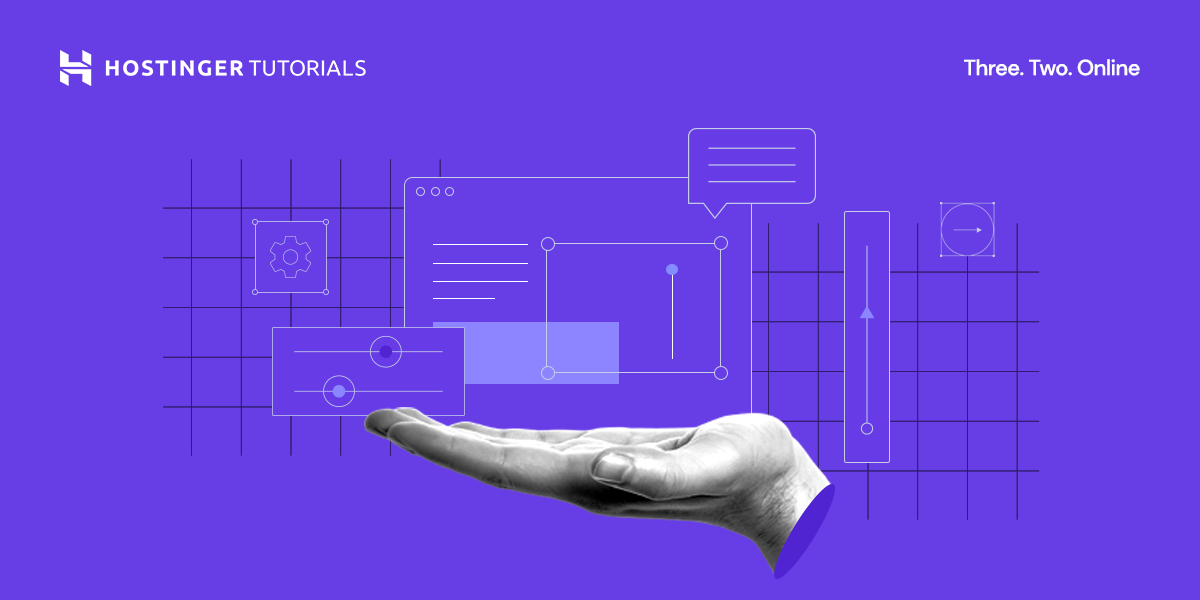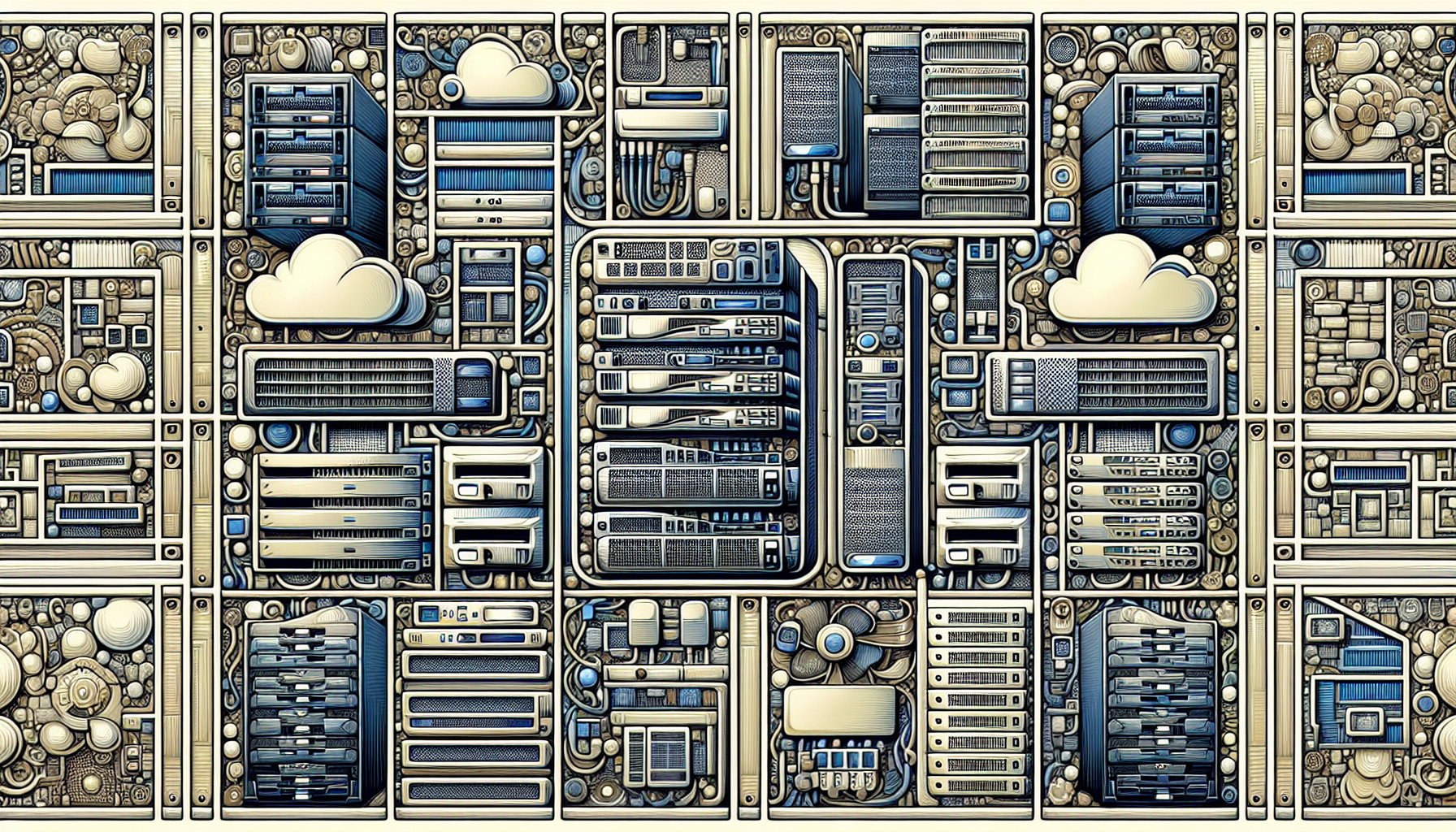Optimizing server management is key to ensuring that your business runs smoothly without breaking the bank. In this article, you will learn how to optimize server management for cost efficiency. Let’s dive in!

Assess Your Current Server Infrastructure
The first step in optimizing server management for cost efficiency is to assess your current server infrastructure. Take a close look at the servers you are currently using, including their hardware specifications, operating systems, and applications. This will give you a better understanding of what you are working with and what you can potentially improve.
Assessing your current server infrastructure is like taking inventory of your kitchen before going grocery shopping – you need to know what you have in order to make the right decisions moving forward.
Identify Underutilized Resources
One of the most common ways businesses overspend on server management is by not utilizing their resources efficiently. Take the time to identify any underutilized resources within your server infrastructure. This could include servers that are not being used to their full capacity, applications that are running inefficiently, or storage that is not being used effectively.
Think of underutilized resources as that neglected gym membership – you’re paying for it, but you’re not getting the full benefit. By identifying and addressing these inefficiencies, you can save money and improve overall performance.
Consolidate Servers Where Possible
Another way to optimize server management for cost efficiency is to consolidate servers where possible. If you have multiple servers that are not being fully utilized, consider consolidating them onto fewer, more powerful servers. This can help reduce hardware, maintenance, and energy costs while still meeting your performance needs.
Consolidating servers is like carpooling – you’re maximizing the use of resources while saving on costs. By streamlining your server infrastructure, you can operate more efficiently and cut down on unnecessary expenses.
| Server 1 | Server 2 | Server 3 |
|---|---|---|
| Low utilization | Medium utilization | High utilization |
| 8GB RAM, 500GB storage | 16GB RAM, 1TB storage | 32GB RAM, 2TB storage |
Implement Virtualization Technologies
Virtualization technologies allow you to run multiple virtual servers on a single physical server, maximizing resource utilization and efficiency. By implementing virtualization technologies such as VMware or Hyper-V, you can reduce the number of physical servers needed, saving on hardware costs and energy consumption.
Virtualization is like a magic trick – it lets you make the most out of your resources without adding extra costs. By virtualizing your server infrastructure, you can improve scalability, flexibility, and cost efficiency.

Automate Routine Management Tasks
Automation is key to optimizing server management for cost efficiency. By automating routine tasks such as backups, updates, and monitoring, you can save time and reduce the risk of human error. This can help improve overall efficiency and minimize downtime, leading to cost savings in the long run.
Automating routine management tasks is like having a personal assistant for your servers – it takes care of the mundane tasks so you can focus on more important things. By implementing automation tools and scripts, you can streamline operations and cut down on unnecessary expenses.
Monitor Performance and Utilization
Monitoring the performance and utilization of your server infrastructure is essential for identifying areas of improvement and optimizing cost efficiency. Keep track of key metrics such as CPU usage, memory usage, and disk space to ensure that your servers are running at optimal levels.
Monitoring performance and utilization is like keeping an eye on your car’s dashboard – it lets you know when something is off so you can address it before it becomes a bigger problem. By regularly monitoring your server infrastructure, you can proactively identify and resolve issues, preventing costly downtime and inefficiencies.
Consider Cloud Services
Cloud services offer a cost-effective alternative to traditional server management by providing scalable, pay-as-you-go solutions. Consider moving some of your server workloads to the cloud to reduce hardware and maintenance costs while still meeting your performance needs.
Cloud services are like renting a car instead of buying one – you get all the benefits without the upfront costs. By leveraging cloud services for certain workloads, you can improve flexibility, scalability, and cost efficiency without compromising on performance.
Optimize Energy Consumption
Optimizing energy consumption is another important aspect of cost-efficient server management. Consider implementing energy-saving measures such as using energy-efficient hardware, adjusting power settings, and consolidating servers to reduce power consumption and lower electricity bills.
Optimizing energy consumption is like turning off the lights when you leave a room – it may seem small, but it adds up over time. By minimizing energy waste and implementing green practices, you can reduce your environmental footprint and save money on operating costs.
Conduct Regular Cost-Benefit Analyses
To ensure that your server management remains cost-efficient, conduct regular cost-benefit analyses to evaluate the return on investment of your IT infrastructure. Consider factors such as hardware costs, software licensing fees, maintenance costs, and operational expenses to make informed decisions about optimizing your server management.
Conducting regular cost-benefit analyses is like balancing your checkbook – it helps you keep track of your expenses and make adjustments as needed. By analyzing the costs and benefits of your server infrastructure, you can identify areas for improvement and make strategic investments that maximize cost efficiency.
Conclusion
Optimizing server management for cost efficiency is a continuous process that requires careful planning, monitoring, and optimization. By assessing your current server infrastructure, identifying underutilized resources, consolidating servers, implementing virtualization technologies, automating routine tasks, monitoring performance and utilization, considering cloud services, optimizing energy consumption, and conducting regular cost-benefit analyses, you can reduce costs while improving productivity and performance. Remember, the goal is not just to save money, but to optimize your server management in a way that benefits your business in the long run. By following these tips and best practices, you can achieve cost-efficient server management that supports your business goals and objectives.












